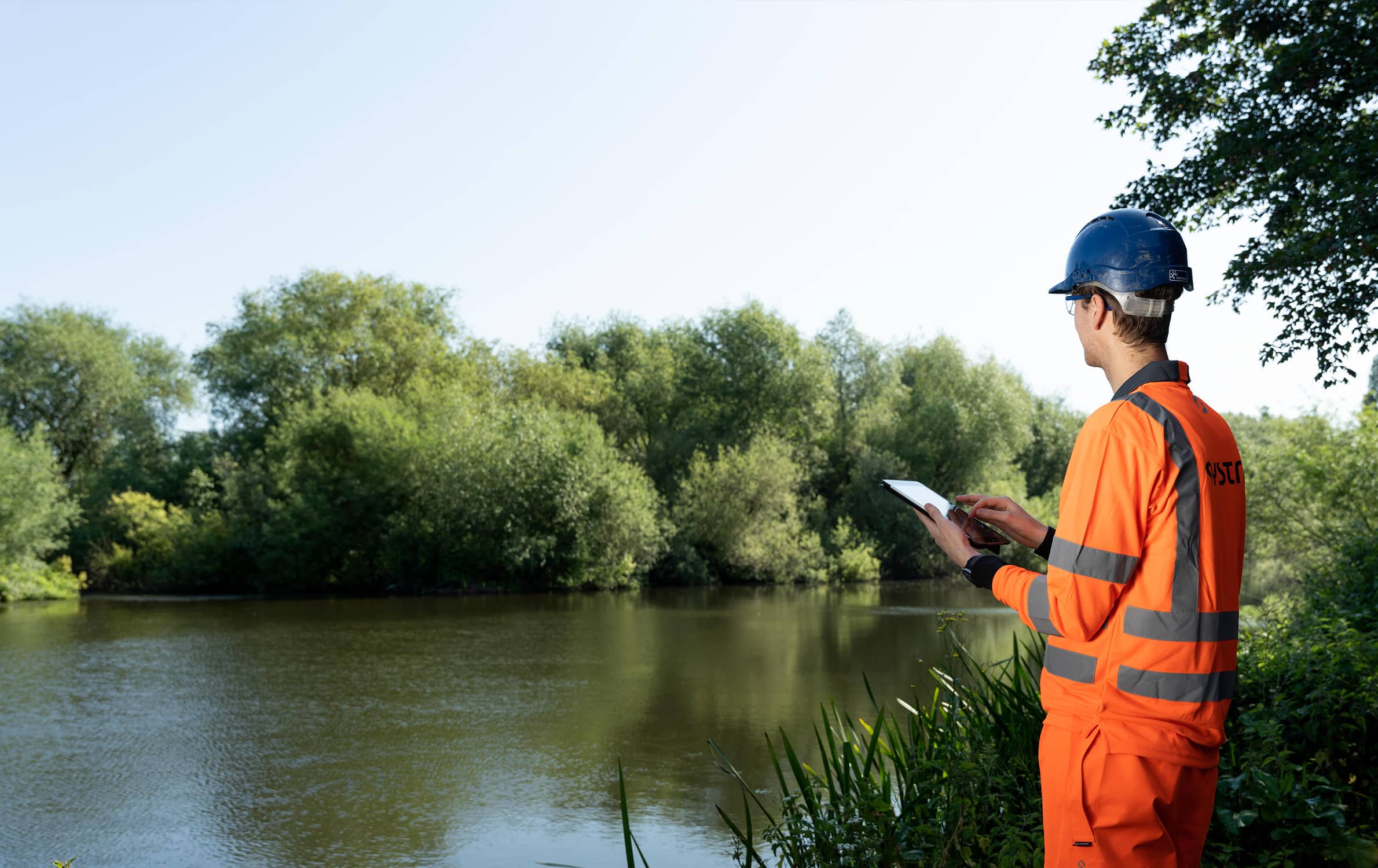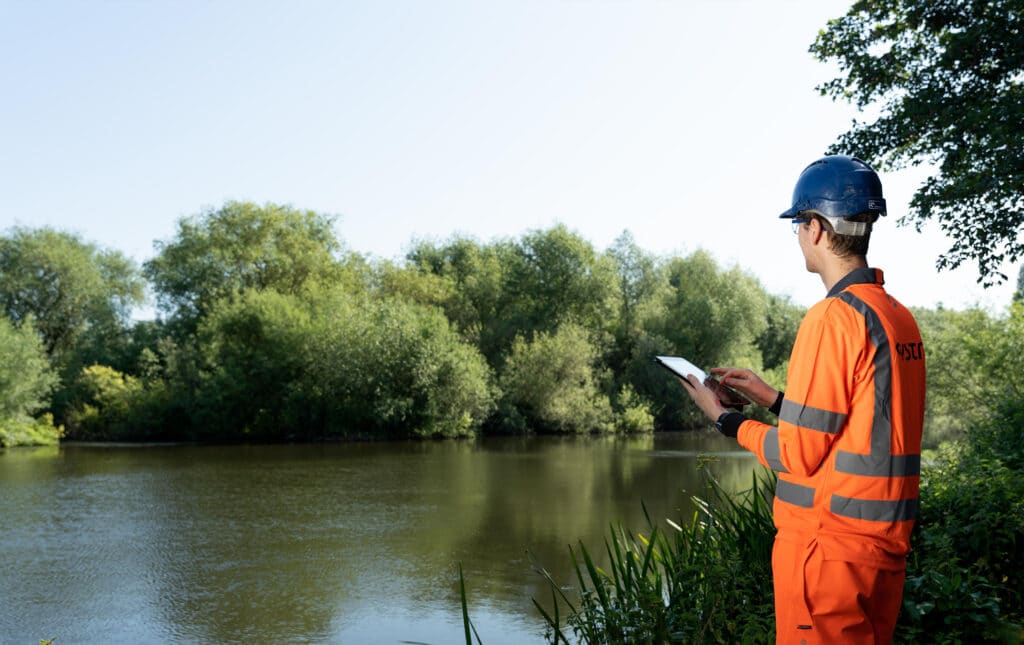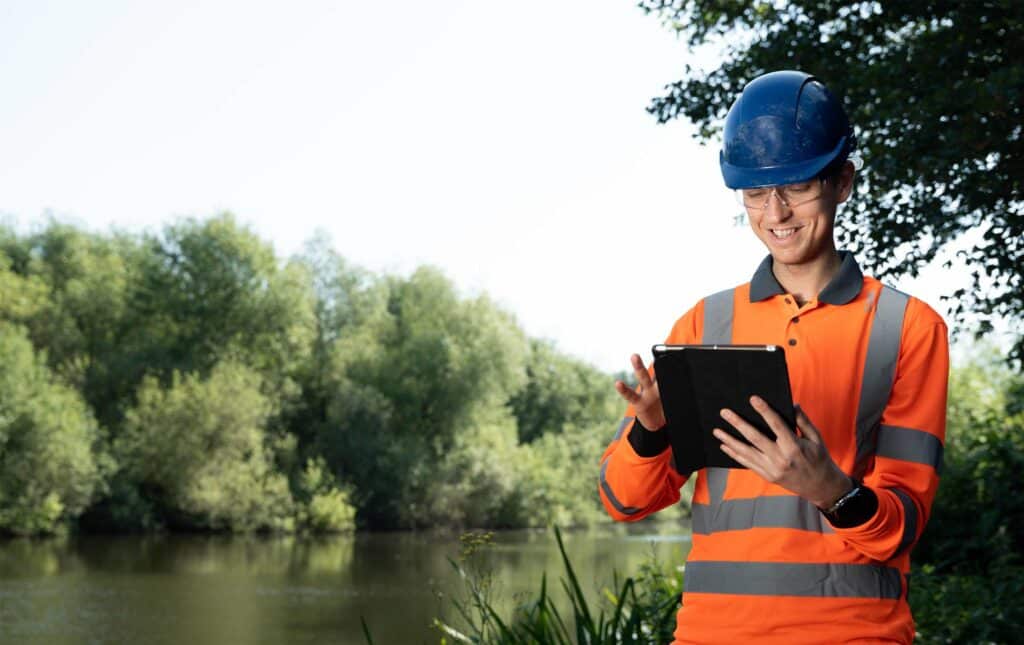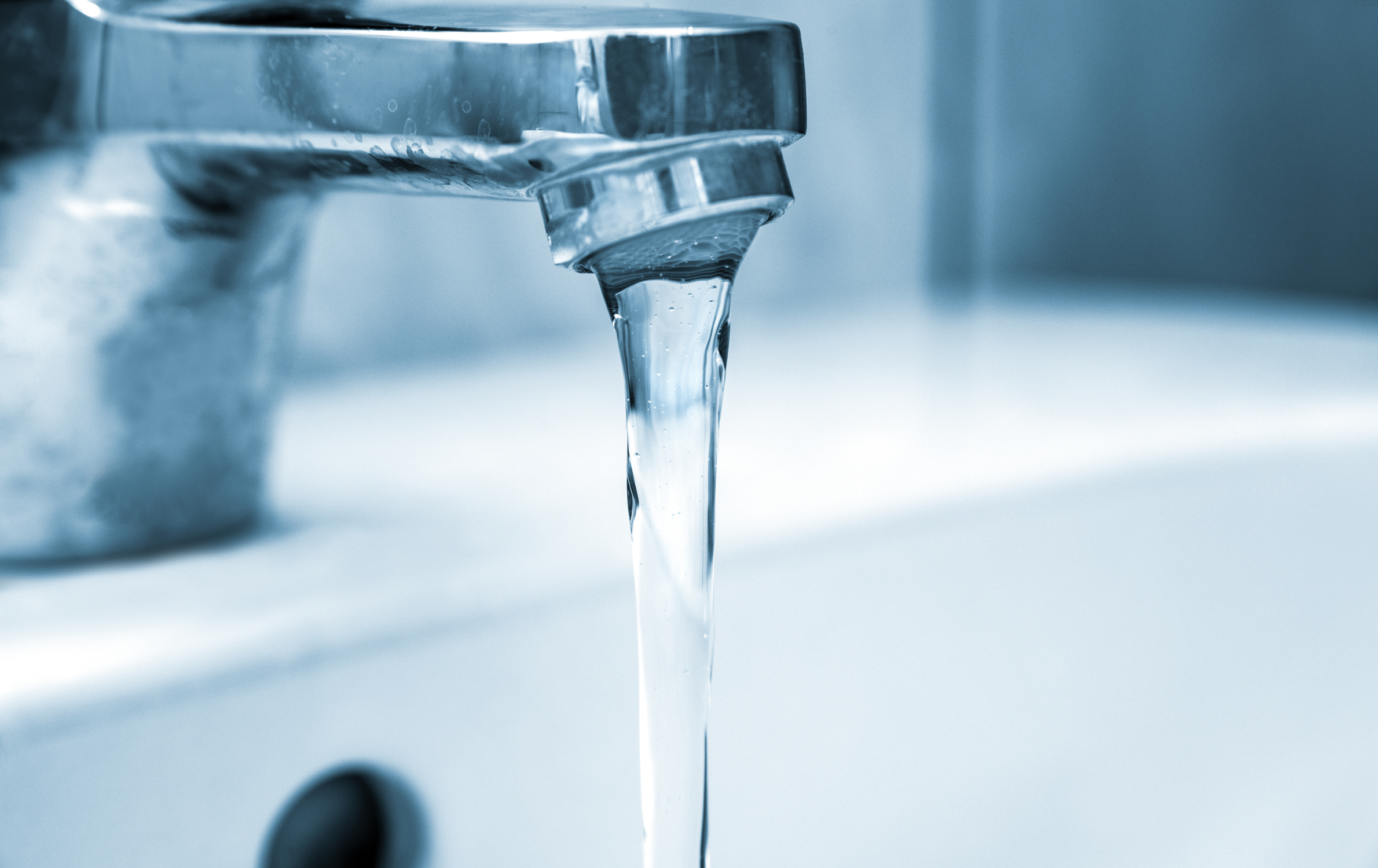With increased scrutiny on water companies and climate impacts intensifying across the UK, we caught up with Marc Stedman, Head of Water Discipline at SYSTRA UK & Ireland, about what really goes on beneath the surface – and why we need to reframe how we talk about water.
Every day, millions of people in the UK take clean drinking water for granted. We expect it to flow, perfectly and without fail, from the tap. But behind that moment of convenience lies a network of ageing infrastructure, climate-driven uncertainty, and underappreciated human effort. With record investment promised through the latest AMP cycle (£104bn), water companies are under pressure not only to deliver, but to communicate the scale and complexity of their work. What does it really take to keep the water flowing?
The hidden complexity of everyday water
Q: Do people understand how complicated it is to keep drinking water safe?
Marc: Not at all. People turn on the tap and expect clean water, which is fair enough. But the scale of what goes into that is staggering. United Utilities, which serves the North West of England, alone produces 1.8 billion litres of drinking water a day. That means capturing it, treating it, monitoring it, delivering it. And that’s just potable water.
Don’t forget wastewater. Most people have no idea what happens after they flush the toilet.
You’re dealing with chemistry, ecology, hydraulics, ageing infrastructure, and tight regulation, all of it working together. There are thousands of people behind the scenes making sure what comes out of the tap is not just safe, but consistent in quality.
Why infrastructure fails
Q: Why do we only notice infrastructure when it fails?
Marc: It’s just how people are. Until something breaks, we don’t think about it. Infrastructure is meant to be invisible. Like a car, you don’t think about what’s under the bonnet until the warning light comes on. Water, roads, electricity; if it works, it fades into the background.
That’s part of the problem. If people don’t see infrastructure, they don’t value it. They don’t understand the cost or the complexity. And that can lead to underinvestment, which is what we’re seeing now.
The scale of the challenge
Q: What kind of work is going on behind the scenes?
Marc: We’ve got some of the best water quality in the world, and that doesn’t happen by accident. It involves chemical treatment, constant testing, and a whole workforce of specialists.
The system is under pressure. We’re only now building the UK’s first new reservoir in 40 years. The population has grown massively. You add the proposed 1.5 million new homes, and you realise how stretched things are. You need engineers, ecologists, electricians, civils, planners, etc. – and those people are in short supply.
It’s not just about newbuilds. We’ve got to upgrade existing infrastructure too and do it without disrupting supply. That’s incredibly hard. Most of our system was built for a different time, different standards, and a different level of demand.

An industry under pressure
Q: What are the biggest challenges right now?
Marc: Ageing infrastructure. A shortage of engineers. Rising material costs. Post-Brexit labour changes. The AMP8 investment cycle has doubled to £104 billion, but the industry’s still playing catch-up. There’s more scrutiny. Legislation is tightening. CEOs can now be jailed for pollution offences. That means more accountability, which is a good thing, but also more risk and more pressure.
There’s financial instability too. Some contractors are struggling to stay afloat because of volatility in materials prices. Steel, concrete, fuel; they’ve all gone up. If you signed a five-year contract based on 2021 prices, you might already be in the red.
Public perception and the power of framing
Q: Does the water sector have a communications problem?
Marc: Society prefers bad news. Good stories don’t sell papers or get clicks.
Water companies do a lot of good; environmental stewardship, innovation, charity work, but it’s rarely the headline.
There’s a shared responsibility here: how do we better communicate all the good work happening behind the scenes? We have a duty to share those stories more powerfully and more often.
It’s about reframing the conversation so people understand both the challenges and the progress.
Climate change
Q: How can we continue to prepare for climate change?
Marc: We need to get this conversation higher on the political agenda. The challenge is that climate resilience doesn’t win votes in the short term; it’s a 50 to 100-year strategy. Yet we’re asking people with five-year mandates to think generationally. Public and political attention is often focused on immediate issues: heating costs, immigration, day-to-day pressures. And some still don’t accept the science, even within technical fields. That makes progress harder.
We’ve got to get better at translating the science (and the risks) into something people understand and care about. That means clearer communication, stronger leadership, and urgent investment in mitigation. This isn’t just about futureproofing; it’s about protecting lives and infrastructure now.
Learning from global examples
Q: Are there other countries leading the way?
Marc: Tokyo is brilliant. Their metro system can shut down, seal itself off, and reopen within hours after a major storm. In the US, flooding still knocks systems out for weeks. In the UK and Europe, people still die in floods. That shouldn’t be happening in a modern, data-rich world.
Vienna’s another standout. On a recent family holiday I noted their river channel, under normal flow it looks absolutely massive, with a modest river running through it. It looked overengineered. Then last year, it handled devastating floods while nearby cities suffered. That’s the kind of forward planning we need.
SYSTRA’s role
Q: How is SYSTRA supporting change in the water sector?
Marc: We’re growing quickly in this space. A lot of our recent work has been with HS2 and United Utilities, and we’ve got SuDS schemes, CSOs, river realignments; all delivered through our multidisciplinary teams. We’ve got engineers, landscape designers, ecologists, and more, all feeding into the same solution. That integration really matters.
We want everything to feel joined up, and to reflect how we support not just water, but adjacent markets like civil engineering, landscaping, consenting, and highways.
There’s a lot of potential. I still get to visit sites and see the scale of what we’re involved in – massive diggers, concrete pours, complex drainage systems. Even when it’s not your direct project, it’s great to drive past and know you played a part in delivering it. You can physically see the result of your work. That’s what makes this worthwhile.
You May Also LIKE

Flood & Coast 2025
Read more sur Flood & Coast 2025
- services
Water & Climate Solutions
Read more sur Water & Climate Solutions
- services

 Australia
Australia  Brazil
Brazil  Canada
Canada  Chile
Chile  China
China  Columbia
Columbia  Denmark
Denmark  France
France  India
India  Indonesia
Indonesia  Ireland
Ireland  Italy
Italy  Malaysia
Malaysia  New Zealand
New Zealand  Norway
Norway  Panama
Panama  Peru
Peru  Poland
Poland  Portugal
Portugal  Saudi Arabia
Saudi Arabia  Singapore
Singapore  South Korea
South Korea  Spain
Spain  Sweden
Sweden  Taiwan
Taiwan  Thailand
Thailand  Türkiye
Türkiye  United States
United States  Vietnam
Vietnam